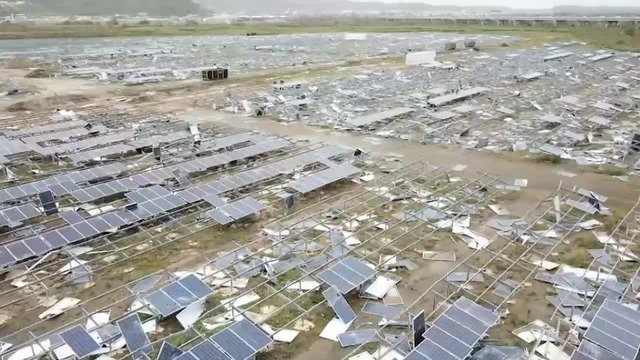No, that is not my Native American name.
Gary Jason at Liberty Unbound draws attention to two recent WSJ articles about the cost of ‘green’ subsidies.
The first is about those annoying annoying and expensive energy saving light bulbs:
California’s utilities alone spent $548 million over the past seven years in CFL subsidies. In fact, California utilities have subsidized over 100 million CFLs since 2006. And on the first of this year, the state started phasing out incandescent bulb sales.
Of course, when I say that the California utilities have been subsidizing the CFLs, I really should say that the aforementioned hapless consumers have been doing so, because all the subsidy money — about $2.70 out of the actual $4.00 cost of the CFL, i.e., more than two thirds of the actual cost — is paid by the consumer in the form of higher utility rates.
Naturally, the rest of the country — and, for that matter, the world — is set to follow California’s lead on CFLs. A federal law effective January 1 of next year will require a 28% step-up in efficiency for incandescent bulbs, and bans them outright by 2014. One consequence of this federal policy — unintended, perhaps, but none the less foreseeable — is that the last US plant making incandescent bulbs has been shut down, and China (which now makes all the CFLs) has seen even more of a jobs expansion, and is able to buy even more of our debt.
But now — surprise! — California has discovered that the actual energy savings of switching to CFLs were nowhere near what was originally estimated. Pacific Gas and Electric, which in 2006 set up the biggest subsidy fund for CFLs, found that its actual savings from the CFL program were collectively about 450 million kilowatt hours, which is only about one-fourth of the original estimate.
And of course, they contain mercury, and you are not supposed to put them in the trash, they don’t last nearly as long as the manufacturers claimed they would, the light they produce looks artificial, and there are stories of their exploding.
So they cost jobs, are expensive, potentially dangerous, and don’t save much energy. Naturally perfect candidates for extensive government subsidies.
The second article is about the abject failure of big wind (the multi-billion dollar wind and solar power industry) to make any appreciable contribution to electricity needs, while consuming vast sums of taxpayer money:
The second Journal story (Jan. 18) reports that Evergreen Solar has closed its Massachusetts plant and laid off all the workers there.
This is deliciously ironic. Evergreen Solar was the darling of Massachusetts. Governor Deval Patrick, devout green and all-around Obama Mini-Me, gave Evergreen a package of $58 million in tax incentives, grants, and other handouts to open a solar panel plant there. In doing so, he simply ignored Evergreen’s lousy track record — a record of losing nearly $700 million bucks in its short life (its IPO was in 2000), despite lavish subsidies from federal and state governments.
Now Evergreen is outsourcing its operations, blaming competition with China, and whining like a bitchslapped baby about China’s subsidies of its solar energy and its lower labor costs. But Evergreen has itself sucked up ludicrously lavish subsidies, and it knew all along about China’s labor rates compared to Massachusetts’ …
It turns out that the wind industry — aptly dubbed “Big Wind” — copped a one-year, $3 billion extension of government support for wind power. It was part of the end-of-2010 tax deal.
Originally, this government subsidy was a feature of the infamous 2008 stimulus bill, under which taxpayers were forced to cover 30% of the costs of wind power projects. The American Wind Energy Association (AWEA) begged for the subsequent bailout, because without it 20,000 wind power jobs would be lost (one-fourth of all such jobs in America). But despite the billions in subsidies, Big Wind is sucking wind; its allure is dropping like a stone. The AWEA’s own figures show a 72% decline in wind turbine installations from 2009, down to the lowest since 2006.
Besides trying to make the 30% subsidy(!) permanent, the AWEA is pushing for a national “renewable energy” mandate that will force utilities to buy a large chunk of the power they sell from renewable sources (mainly solar and wind), irrespective of the fact that the price of renewable energy is sky high. The association has gotten more than half the states to enact such mandates, with higher energy bills for consumers as the result.
The cost of energy is the base cost of every mined, grown and manufactured item. So why are current administrations in both Australia and the US putting such enormous amounts of taxpayer money into schemes which make energy more expensive?
I don’t think there is any devious leftist plan to undermine primary industry and manufacturing.
It is just wanting to look ‘green.’ Sheer stupidity.
Of course, talking of big wind, President Obama in his STUFU address last night called for a massive increase in investment in remewable energy.
So we and the US are to follow where Spain and Germany have bravely gone before. On a short day’s journey into a cold dark night.



